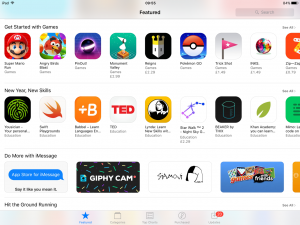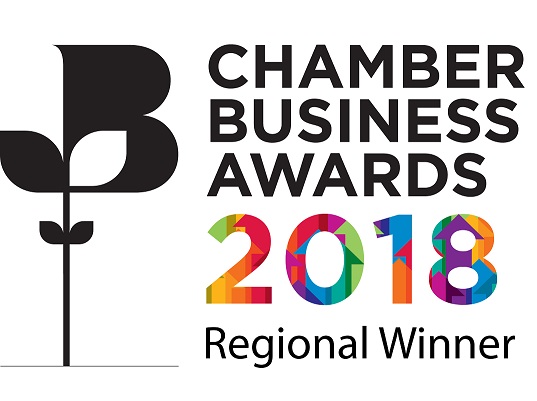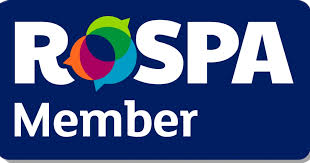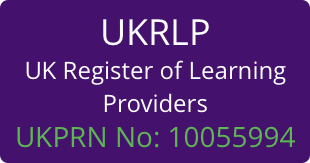
By Matt Ewens
Many years ago, I covered a case study on how a college library had bought into self-service machines to enable learners to renew their library books themselves. For those technical folk, it utilised RFID, (radio frequency identification).
What has this to do with self-learning I hear you cry?
Well, for me anyway, it represented the start of self-learning in some respects, a bit like when the first self-checkouts started to appear in supermarkets. For learners it was convenient, simple, saved them time, and was effective. The effect was similar for librarians and it meant that they could better manage the support they provided for learners.
Some college libraries are also using mobile technology to issue learners with text messages to alert them when their borrowed items need to be renewed.
Moving on and thanks to a number of great developments, particularly over the last five years with things like web 2.0, the cloud, immersive VR technology, augmented reality and so much more – learners have access to a vast array of tools. You could argue that it’s information overload and so college’s need to be careful about how they use blended learning approaches, the types of systems used and the application of them. Self-learning could be the next big thing.
So, would a world really work without any teachers?
Could people just learn all they needed to learn at home?
Probably not for quite some time, however – perhaps some recent trends in technology suggest that access to learning online is going to steadily increase. Just look at YouTube, it has billions of users and more 18-34 year-olds watch YouTube Mobile than cable TV in America! Videos or films have been used very effectively in learning, particularly with the flipped learning style of teaching. Learners can reflect on content in their own time, revisit sections of what would traditionally be a ‘taught’ lesson in class. They can effectively self-learn at a time that suits them as well as the benefit of being able to have a better system of feedback to ask their teacher more questions. A well-designed flipped learning course will have a system that enables learners that are not confident with raising their hand in class, to approach the teacher through a chat or messaging system online.
But, what if learners could learn almost completely online?
Many universities are now offering 100% online courses – take the University of Liverpool, which had 980 learners from 131 countries complete master’s and postgraduate courses completely online.
Gamification and Minecraft in particular have been very popular with learners who enjoy learning by doing and why not make learning fun – what’s that word? Ah yes retention!
So, the web is becoming very well equipped with cloud-based systems and HTML5 slaying most of the FLASH. (‘Gordon’s alive?’) Leaner Management Systems like the one the eLearning Marketplace uses can take the pain out of so many things and automation is key.
Perhaps this is all too much? You could easily throw down your sword and stop slaying FLASH and be forgiven for hiding under the bed with so much technology and online learning, but… (and it’s a big but) learners will want to learn at their own pace and in terms of reflection and also assessment, online courses are perfect. It could be like some kind of super-email (I wish I could invent that by the way) where you could rewind all the learning until you became an expert.
Take my own learning experience, for one particular class I attended, which was an hour long back in the 90s. We all sat close to a lecturer, who told us about how to use a mixing desk. Sounds okay in principal, but (there’s that but again) unless you were mightily fast at writing and looking or had a superb memory – you could never retain the information. The result = I could never remember which buttons to press – if only I’d have had a flipped learning experience or a set of online courses to reinforce my learning and then I could have applied myself better.
Actually, one of the biggest success stories of my secondary education was probably my own self-learning. I discovered a series of adventure game books, called Fighting Fantasy. The books were immersive and you could choose your own path, whilst facing and cleaving the skulls of evil beasts with a big sword. What these books did, now that I can reflect, was provide me with something that sparked my interest and creativity far more than any traditional story could. It made me pour my heart into writing stories and for one homework assignment, I wrote a story that was over thirty pages long. Thanks to those fabulous books, I continued my personal interest in fiction and I have a very enjoyable hobby as an adult. I’m sure there’s a moral to this story (starts typing ‘Changing Education Paradigms by Ken Robinson’ on YouTube)
Mobile, is massive
Just look at the Apple store, which has 75,000 educational apps. ITunes U, has access to lectures, learning resources, books and videos and it’s all free. The smart devices are taking over.
“Learners don’t just have a thousand books in their pocket, but thousands of immersive and engaging possibilities”
According to the Office of National Statistics mobile and smartphones are the number one device connecting to the internet, with 71% of adults in the UK and laptops or notebooks accounting for 62%.
In fact, when visiting the app store on my ipad today, in the section ‘New Year, New Skills’ there are a host of self-learning apps.
In a useful blog post by Kyle Pearce – there are one hundred apps listed for learning anywhere – this demonstrates just a fraction of the power of smart devices and the internet.
Getting back briefly to blended learning, although it’s been around for years as well as flipped learning – smart devices are the chocolate between the biscuits, binding blended with flipped perfectly. It allows learners to engage in activities outside the classroom, rather than be taught. The teacher can then assess learners on those activities. Sport is a prime example of how blended learning approaches work seamlessly. Apps like Coaches Eye enable sports learners to be recorded on a smart device, the teacher can then slow motion down and annotate to demonstrate areas where technique can be improved. EduCreations allows the teacher to quickly import a picture of a knee and record annotations or ask quick questions.

More people are accessing the internet ‘on the go’ than ever before and 41.8 million people are connected to the internet.
Web conferencing is another form of technology that allows for ‘live’ broadcasting of training or an event. This is similar to an online course, except it is a real event that takes place in real time. Learners can ask questions during the event and the teacher can add in polling, surveys and many other activities. The beauty of a webinar is that it can also be recorded and then you have once again another form of self-learning.
In work-based learning, some highly innovative providers utilise ‘netcams’ to remotely assess learners, thus saving lots of time and cutting carbon emissions for assessors, who need not have to physically attend an assessment. Activities can be captured on handheld devices and a review process to reflect on the learner and their skills. Even better than that, at S&B Automotive Academy, learners undertaking a paint spraying course, can use a VR headset to virtually paint cars, using a realistic paint sprayer. No real paint is used, but the experience is highly immersive and realistic – not to mention capturing technique and assessing skills after the fact. Demo video
Perhaps in the future learners will be able to walk into Star Trek style hologram suites and self-learn any subject, using any style or preferred method of learning. Maybe that’s a little way off yet and oh dear… I’m starting to see a group of teachers outside the window armed with pitchforks and flaming torches.
In the style of those 80s adventure games on the commodore 64:
[pick up sword]
You pick up the sword
[go south, down, open front door]
You see an angry mob of teachers, one steps forward wearing a skin-tight suit with an emblem of yellow lightning emblazoned on his chest…
[raise sword]
You can’t defeat the teachers, especially as one of them is FLASH and FLASH will never die
THE END
The moral of the story is that learning must be immersive, interesting and above all allow learners to learn at their own pace and need. Self-learning may well be about to boom.







 UK: 0844 854 9218 | International: +44 (0)1488 580017
UK: 0844 854 9218 | International: +44 (0)1488 580017








